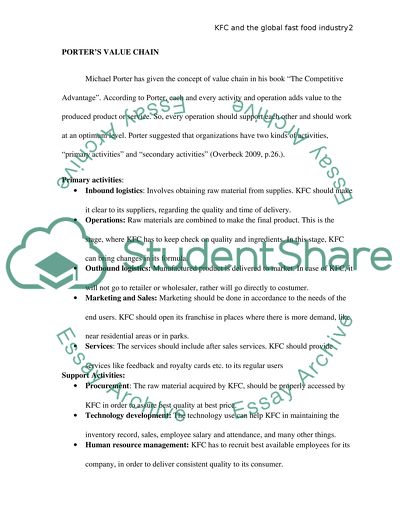Cite this document
(“KFC and the global fast food industry Term Paper”, n.d.)
Retrieved from https://studentshare.org/environmental-studies/1412550-kfc-and-the-global-fast-food-industry
Retrieved from https://studentshare.org/environmental-studies/1412550-kfc-and-the-global-fast-food-industry
(KFC and the Global Fast Food Industry Term Paper)
https://studentshare.org/environmental-studies/1412550-kfc-and-the-global-fast-food-industry.
https://studentshare.org/environmental-studies/1412550-kfc-and-the-global-fast-food-industry.
“KFC and the Global Fast Food Industry Term Paper”, n.d. https://studentshare.org/environmental-studies/1412550-kfc-and-the-global-fast-food-industry.


